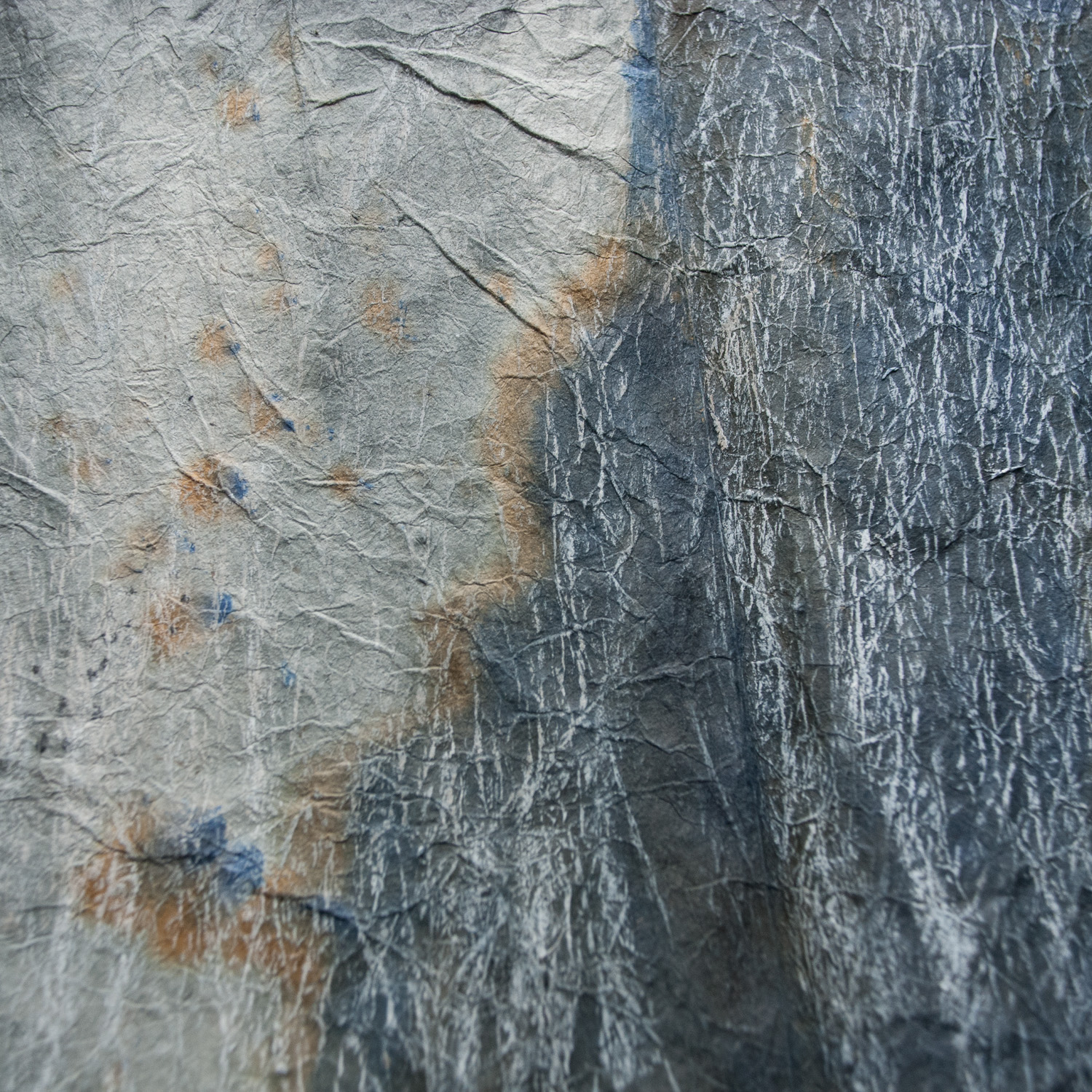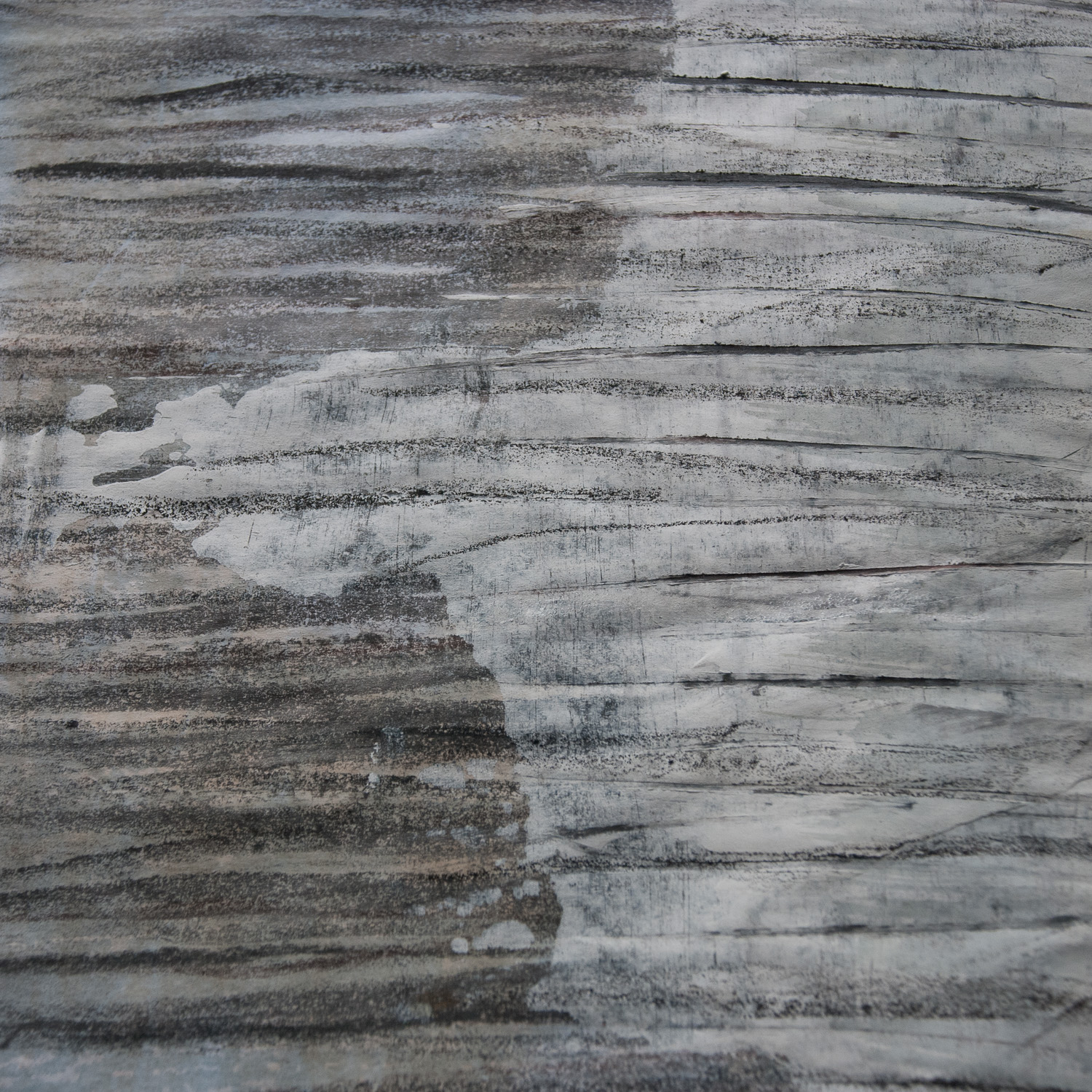Forty days of mark-making, round three. Although in fact I am on day 43, because I have several pages left in the sketchbook and want to fill it. This time I have focused on ways of changing the surface. Rounds one and two were dominated by drawn marks - additive marks. I wanted to make myself think about the surface itself more and experiment with subtractive marks and texture. Scratching, creasing, rubbing, crumpling, piercing, sanding, combinations of different media ... any way of creating visual or actual texture.
There have been some really bad pages - experiments that didn't work ... and couldn't be rescued. When I was tired sometimes all I could manage was a wash of ink over some wax crayon. But there have also been plenty of good or interesting pages. Some are impossible to photograph - all the camera can see is a plain, dark page, not the subtle texture or fragile marks. So the pages pictured here are just the ones that do photograph well.
I got excited about the possibilities of gluing different kinds of paper to the surface and painting over it. Different papers take the ink in different ways, just as different fibres react differently to dye. There were lots of ways to make interesting edges. I gathered up tissue papers, rice paper, pattern paper, packing paper, tracing paper, handmade papers, book pages and played around. I also played with masking tape and double-sided tape, applying tissue paper or rubbing graphite or crayon over the top.
The sketchbook is another handmade one with different kinds of paper in it. So every now and then I would turn the page to be faced with something challenging. Tracing paper. Or thin photocopy paper. I eventually learned to exploit their tendency to cockle and shrink when wet rather than fight it. But there were other types of paper I started to look forward to, such as a fine lokta paper that could be rubbed into holes when it was wet.
Dealing with the restrictions of working in a book has been part of the practice. Although I think it will be interesting to repeat this with loose sheets of paper. That would increase the range of things I could try too. I also still like the restriction of forty days. It is useful to have a focus. Whenever I find myself reverting to my default marks, I bring myself back to the idea of changing the surface in some way.
Although I consider this a mark-making practice, many pages are effectively drawings. I've wondered whether I should stop myself, concentrate more upon just making the marks. It is plain, looking back, that I have little interest in pattern making or repeating marks. In fact I am more often looking for ways to disrupt patterns or create interesting negative space. I also notice that I'm as interested in the surface and the impact this has on the look and feel of the marks. I think the important thing is to keep this exercise open and exploratory. Which means allowing myself to experiment with other design elements, if that is what draws my attention.








